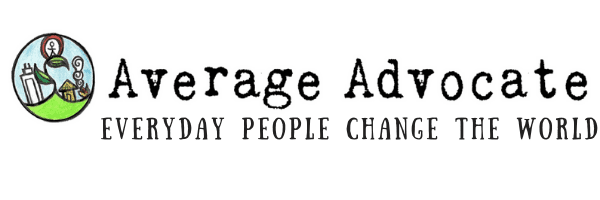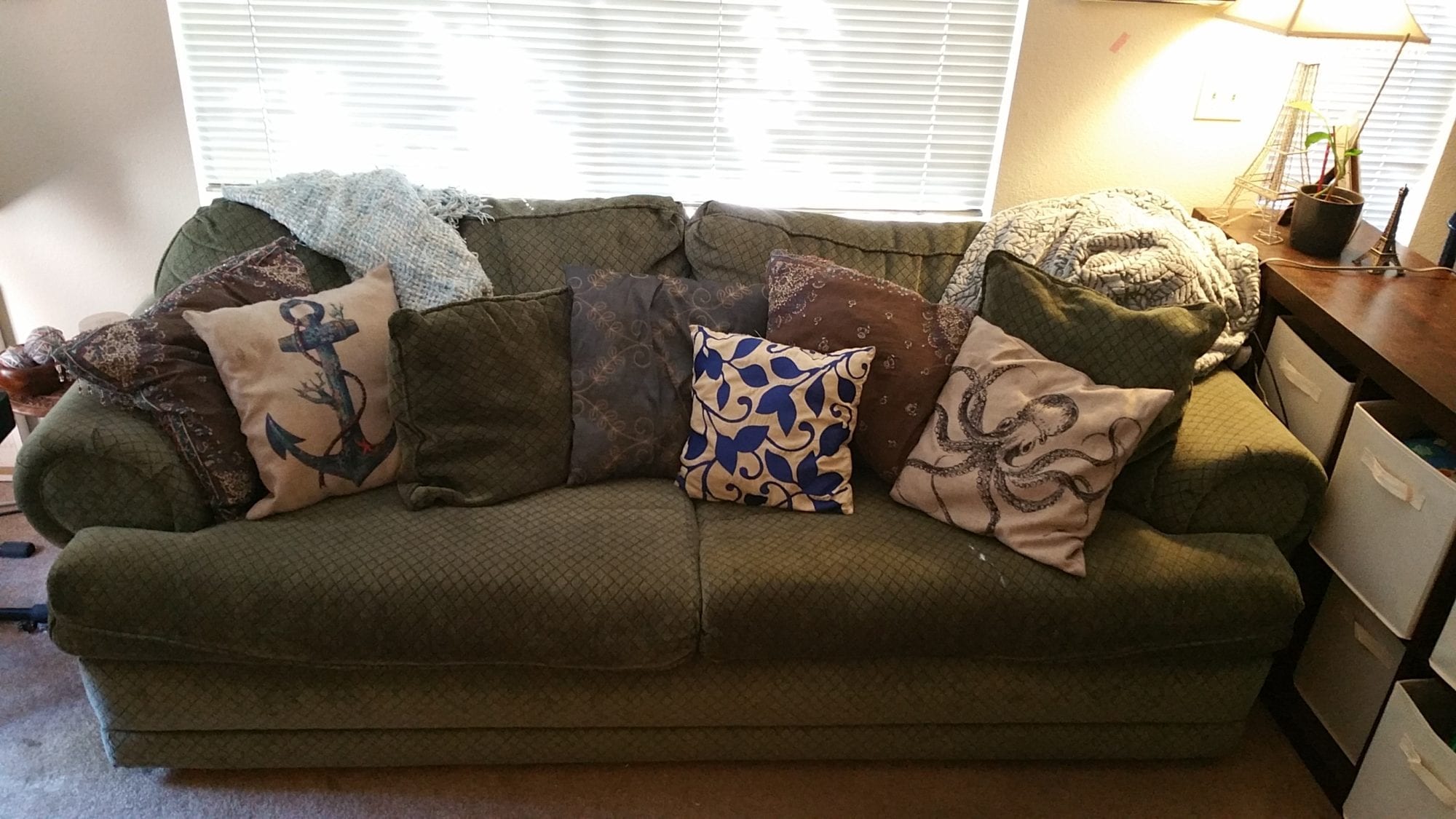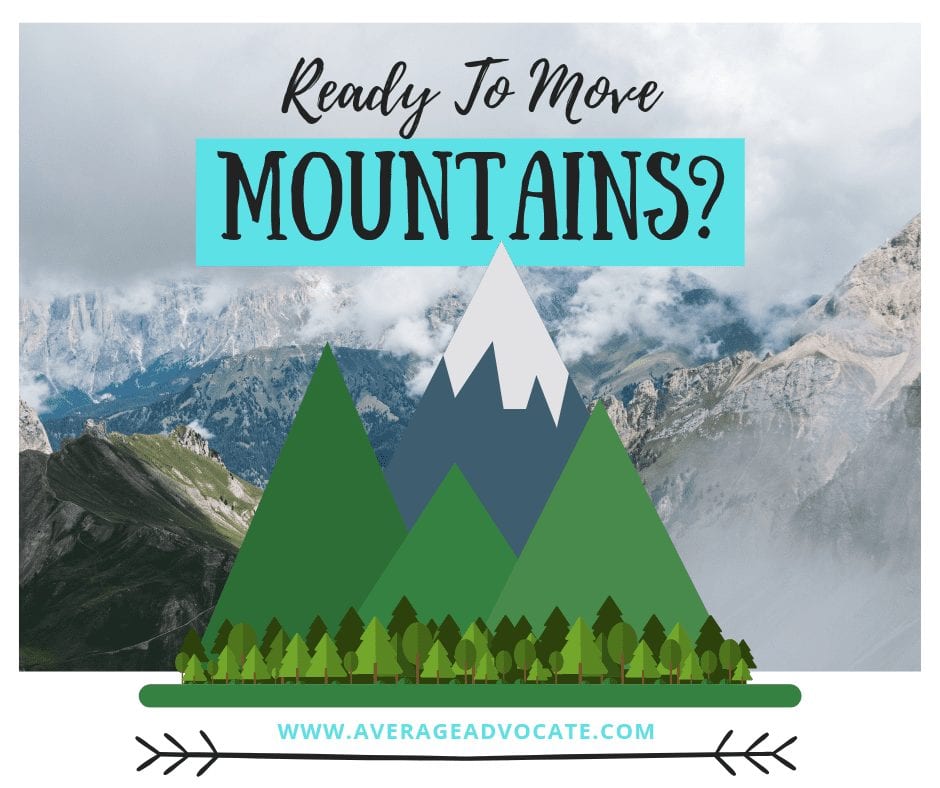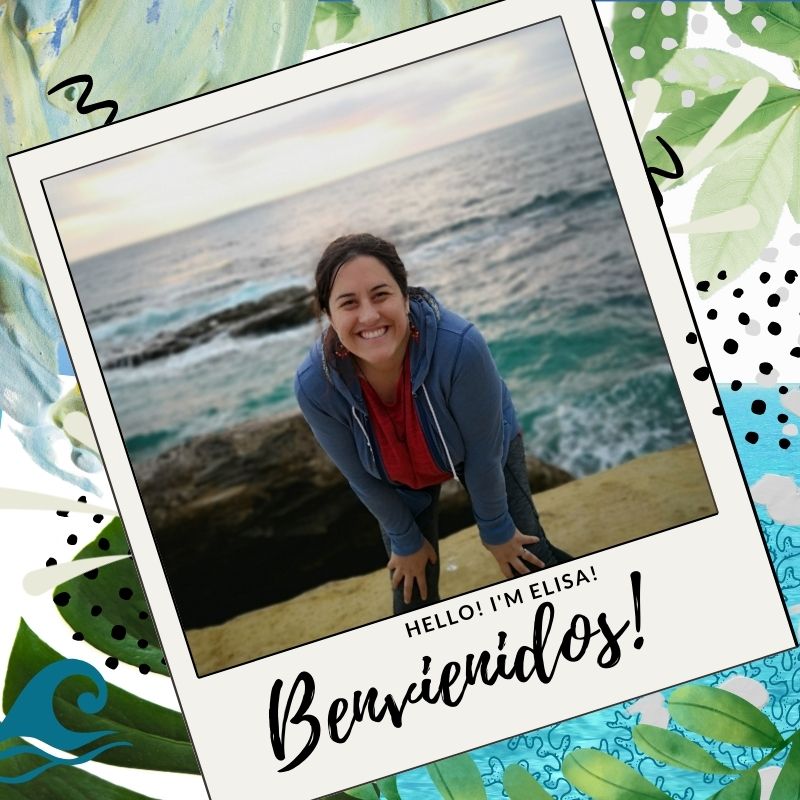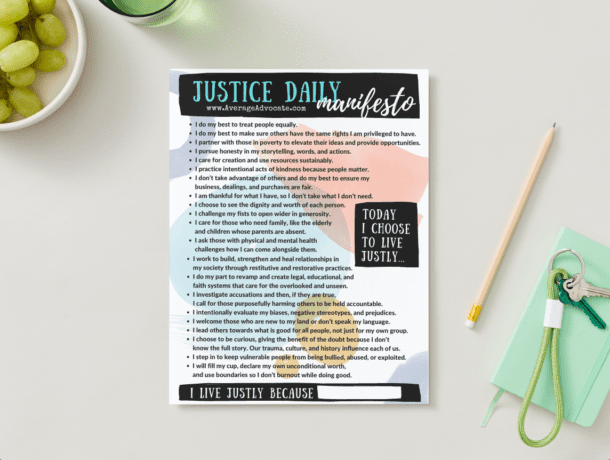UnZombie: Loving Someone Out of the Darkness
You’ve probably noticed I’ve been mentioning our housemate on Average Advocate for the last year and a half or so. Today, in honor of suicide prevention awareness month (yes, yes, I know that was last month), we decided to share a little bit of our story–but from my perspective, living with and loving someone out of the darkness.

Invitation To Share My Couch
After the kids go to bed, and as my husband wraps up his projects, it is my time to take the bra off and drink some tea. I might write or read, but more often than not, I’ll mindlessly design something while watching Parks and Rec, or another show that comes in twenty minute increments.
Meg likes to cuddle up to me like a koala every night during this routine. Some days it is hard to find time together, and so I’ve invited her into wind-down time, this seemingly sacred few minutes of my day.
Sometimes I’ve had it. She isn’t going to get anything from me, and I tell her so point-blank. (Boundaries, you know?) But even then, Meg usually still likes to sit on the couch nearby, even when my vibe is storm clouds and the room is cluttered from the chaos of the F-5 toynado that left a path of destruction in its wake.
Other nights we talk or laugh about stupid stuff. Then some nights it gets real.
But whatever it is now, it isn’t like before.
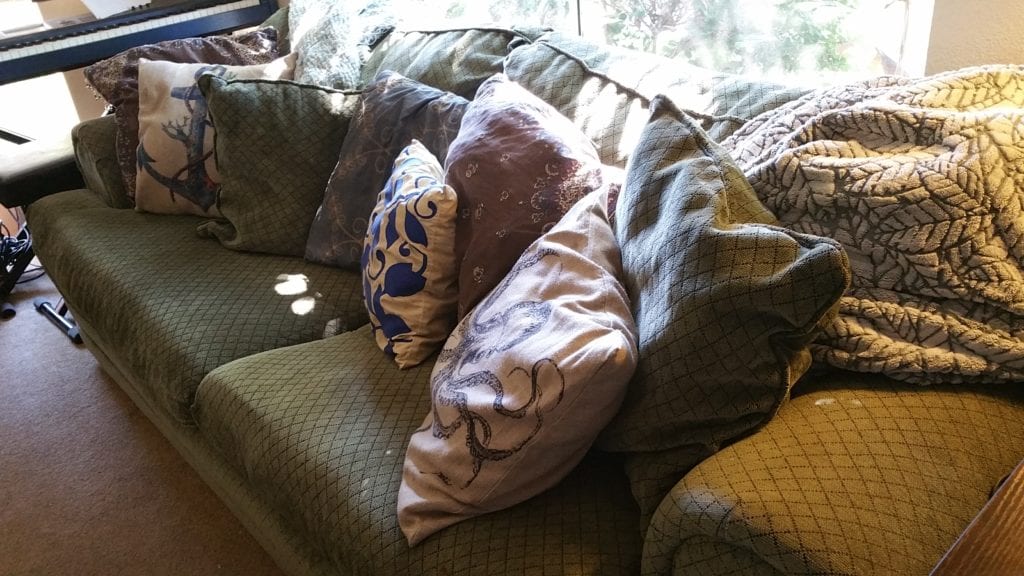
Suicide Prevention Awareness Is For All Year
During my wind-down a few weeks ago, I was scrolling through the ‘Gram and was hearting all of the suicide prevention posts, one after another. I clicked on some prevention hashtags and the sheer numbers were exploding through the roof. Stories of close-calls, of awareness, of shout-outs, of gratitude, and reminders to just.keep.going. There were so many, and came in all shapes and sizes. (Scratch that, it is Instagram–they’re basically all square.)
For a split-second I started making my own post for National Suicide Prevention Day too, because I am all in! And I’m Average Advocate for God’s sake, this is what people think I do.
But it felt a farce. Looking to my side, where Meg sat beside me, the feelings from the last eighteen months or so began bubbling up.

Like a good tired mama, I buried them. But not in a bad way, but rather a “put a pin in it so you can rest now.” But if you put a pin in it, the healthy thing to do is to take it down at some safe point soon, and examine it in the light.
Writing this post is my un-pin, my therapy as a support person for someone suicidal.
And that is okay, because suicide awareness and prevention isn’t just for the month of September. Awareness is for the every days when you sit on the sofa with the one you love who made it. Or, alternately, when you sit alone because of the ones who didn’t make it (I’m sincerely sorry).
Awareness is everyday and raw.
Living With a Zombie (Before She Was Out of the Darkness)
When Meg moved in with me, it wasn’t like it is now.
Meg was a zombie. There is just no other name for how far she had fallen without actually falling.
Maybe I haven’t told you the story of how we met before (on a transatlantic airplane) and I probably haven’t told you how we became close enough that I was her lifeline on the other side of the country. (So much so that when she left the mental ward of the hospital for the third time, her therapist sent her here–to share a bunk-bed with my eleven-year old girl daughter in a house already too tight for us–because that was really the best option.)
I assume at some point we’ll share those crazy stories with you, hopefully in our Safe Tribe Podcast (slated to arrive in 2020!).

What I wish to convey now is just how inhuman Meg was. How far from life, let alone fully alive.
I won’t share with you all the details, and what details I do share, I have permission to share. But here is a little bit of what life looked like when Meg first moved in.
Living With Someone Who Is Suicidal (And Then Some)
First off, Meg had a pretty bad eating disorder she was in denial of. She lived in a chronic state of dehydration, literally going days without drinking water and barely any other liquids. The minimal food she’d take in she’d immediately try purge. Then there were the meds, the cutting, and the hours of dissociation (where one just mentally disappears into their head, like daydreaming, but in her case not pleasantly) and other PTSD related symptoms.
There were weeks without sleep, unless she fell asleep dozing with a TV show in the background. For her safety, I had to hide basic things I’d never even consider could be dangerous to an adult. And a constant human presence was required, which resulted in bringing Megs to my random playdates and work meetings, or making sure she was with one of my friends, giving me a break.
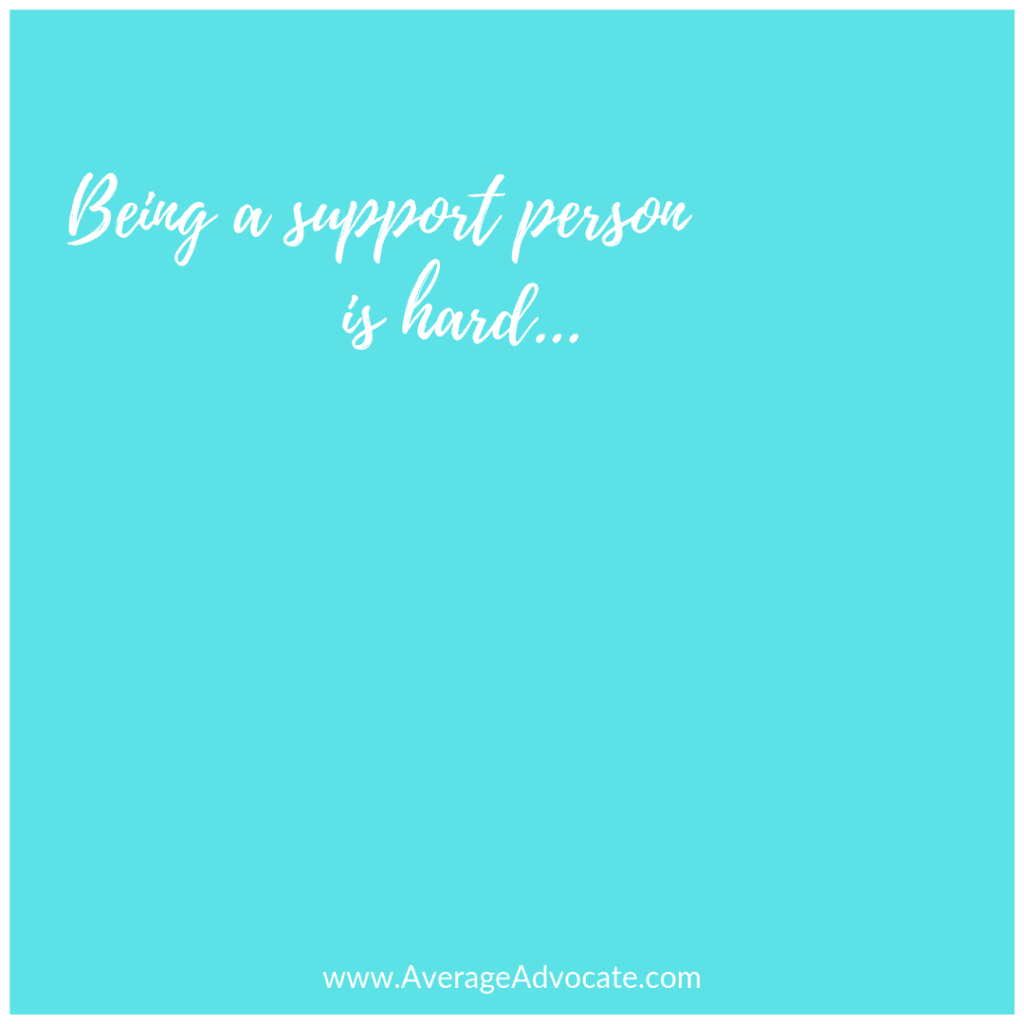
Staying on top of simply keeping her alive was paramount, like a newborn.
Then, we had to add in evaluating how safe it was for our kids and helping them understand all of this going down with Meg. Let’s just say this required a lot of very real convos. I wasn’t just me giving a home to Meg, everyone in our family played a role.
There was the constant advocacy work, trying to find medical care and a support team that was sufficient to work with her. There was so much adulting (because dropping one’s life to move across the States with no notice in the middle of term leaves a lot of pieces to pick-up). Then there was communicating with her family what was happening, while trying to create a safe place for her in the Church world.
Honestly, it was a full time job.
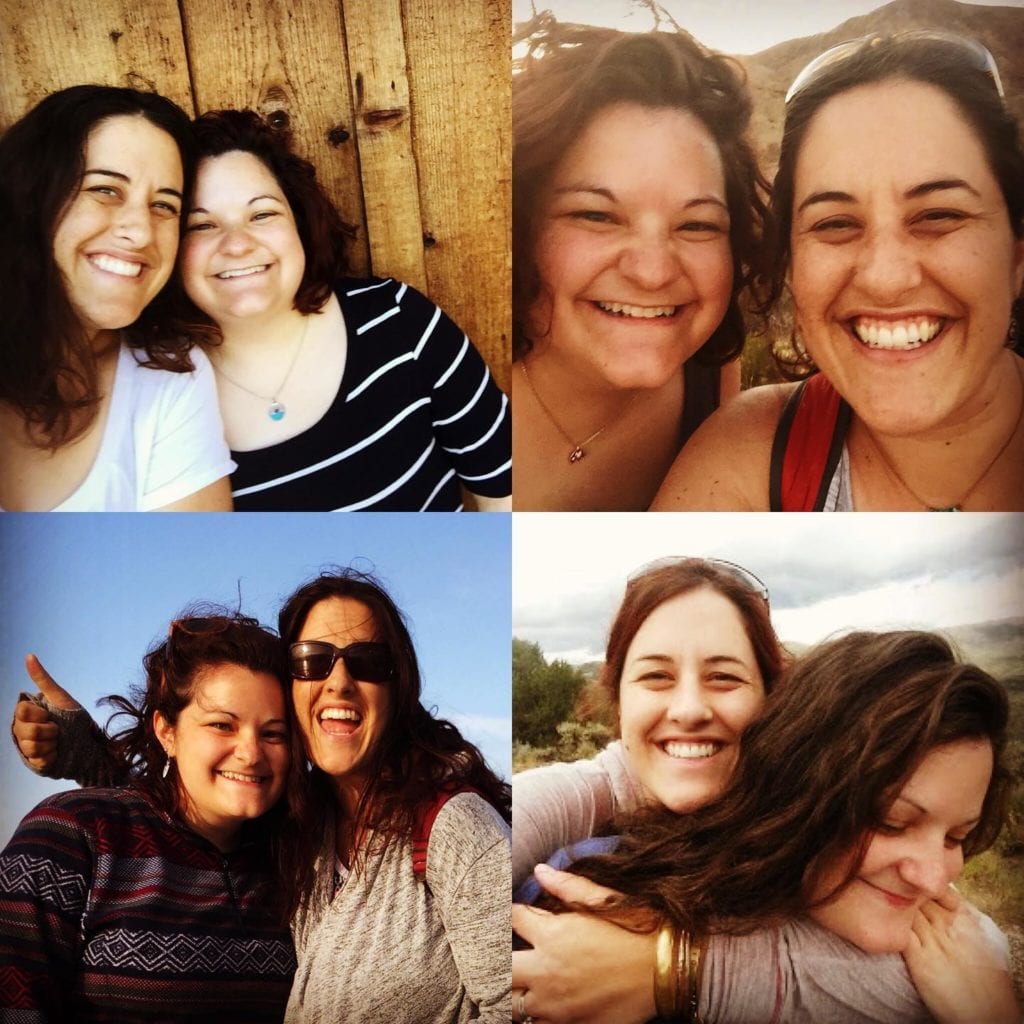
But even in all of this, you know what was the most waking-dead? The lack of talking. Meg only communicated to me through writing or text at first. And then once I started actually hearing what Meg was thinking, it was a whole new battlefield of the mind. The lies she believed about herself went so deep, the brokenness and hurt had her destroyed inside. I was constantly on my face, crying in prayer, speaking good, life, hope into the darkness and 96% sure we were never getting anywhere.
I wasn’t completely uninformed before Meg moved here (after all, I’d been advocating for her on the other side of the States for awhile). But in 2018, when Meg joined our family, I pretty much fast-tracked a Masters in trauma-informed care, eating disorders, and the whole messed-up system of mental health.
*Note: Not everyone was bad. Eventually we found a great care team and there is no way we’d have gotten here without them. It just took a lot of more work and advocacy than I expected it would take to find them.*
Please, Babe, Don’t Kill Yourself (What Being a Support Person Feels Like)
Yet even in all that, the part that worked me the most, the greatest fear was that she wouldn’t make it.
I’ve never really heard an accurate description of what it is like to be a support person for someone who is suicidal, which is a shame. But this is what it what is really going through our heads:
- Sometimes you lay in bed, wondering what ways they could still kill themselves with everyday things if they wanted to.
- When you hug them goodbye, as they go out the door, you aren’t sure if it is for the last time.
- You find yourself making sure you are first in their phone to get a call in case they attempt.
- You feel betrayed when they tell you they are thinking suicidal thoughts again (after everything you’ve been through with them!)
- You’re still desperate that they tell you if something is even a little off, and part of you always wonders if they are, and they’re just hiding it.
- You want to talk with them about every other story related to suicide you hear, to process your own feelings, but you realize you can’t because you can’t be sure if it will help them or hurt them.
- You always know you are not enough.
- When you leave them (self-care and distance is important–even if hard) you aren’t sure if they will be strong enough to ask for help while you are gone.
- There are seasons when you go to sleep every night unsure if they would make it until morning.
- You find yourself weighing if their risk level is worth the set-back of dropping them off at the hospital, and wondering if you’ll regret the decision you made (either way) later.
- You aren’t sure if your love for them will become the DNA of life, or if it will be used to write their eulogy.
- You find yourself sobbing in their counselor’s office, finally honest about why you didn’t want them to buy a car.
These are the feelings that all flooded back, as I sat on the olive green coach on National Suicide Prevention Day.
Being a support person is hard.
At some point we all have to count the costs. Mainly, is it worth supporting someone suicidal, when they might still kill themselves?
For us, for Meg, we had no guarantees. Even if we poured our lives into her, even if we took an insane risk bringing her into our home, even if we exposed our kids to this depth of love–even if–in a moment of weakness she could still choose death over life. Alternatively, we could send her away to protect our family. But that would break her.
***Note: Sometimes we must choose to make boundaries in relationships even when there could be horrible consequences. Too often support people will jump into pulling relationships like this one, but aren’t prepared for the weight. Either we drown or we begin enabling the one in need–hurting both of us. Accountability, a team, and clear boundaries are musts!***
The only way to make it as a support person once you count these costs, is through surrender. We go forward, one-day-at-a-time, knowing we have no guarantees and love anyway.

So, when I was winding-down, gratefully bra-less, trying to post an unfeeling suicide awareness post? Ya. Nothing I could come up with in that moment would cut it. Because there she was, sitting next to me, and not the living dead. Meg is like what we assume a typical young adult should be: Alive. Vibrant. Loved. Sure, sometimes struggling, but moving forward in a future she believes she has.
Meg is unzombified.
Whoever says hope isn’t possible is a liar.
No Longer a Zombie
Weeks after Suicide Prevention Day, Meg and I had a real conversation on my olive green couch about what the last year and a half looked like for me. From this side, she can’t even comprehend how zombie like she was when she first moved here.
I cried a little and it was raw.
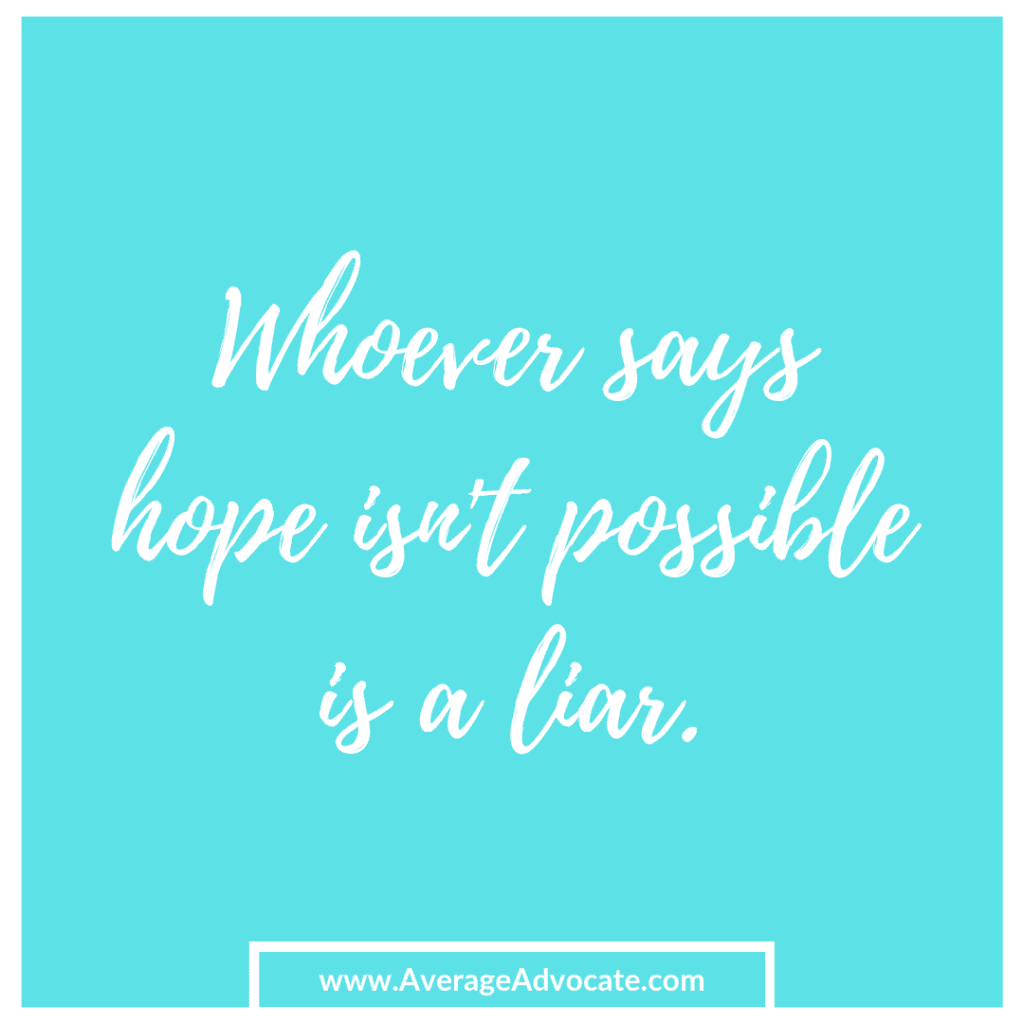
Later that night, after I went to my room to be with my husband and my phone was set on silent, I saw I got a text:
“Hey you. You loved me back to life. Thank you.”
This is no “rescue” story. If anything, it is one of continual humility. For the best thing I could ever do for Meg wasn’t to read the stacks of books I read, become a licensed therapist (which I didn’t), nor run the in-house eating disorder program I tried to run (you know, based-off the stack of books).
The best thing I did for Meg was say “yes” to loving her the way God loves her, and daily praying–no, daily begging–that He would show-up again on that day.
And you know what? He always did.
This is our normal now: Meg, koala-ing next to me, not a zombie.
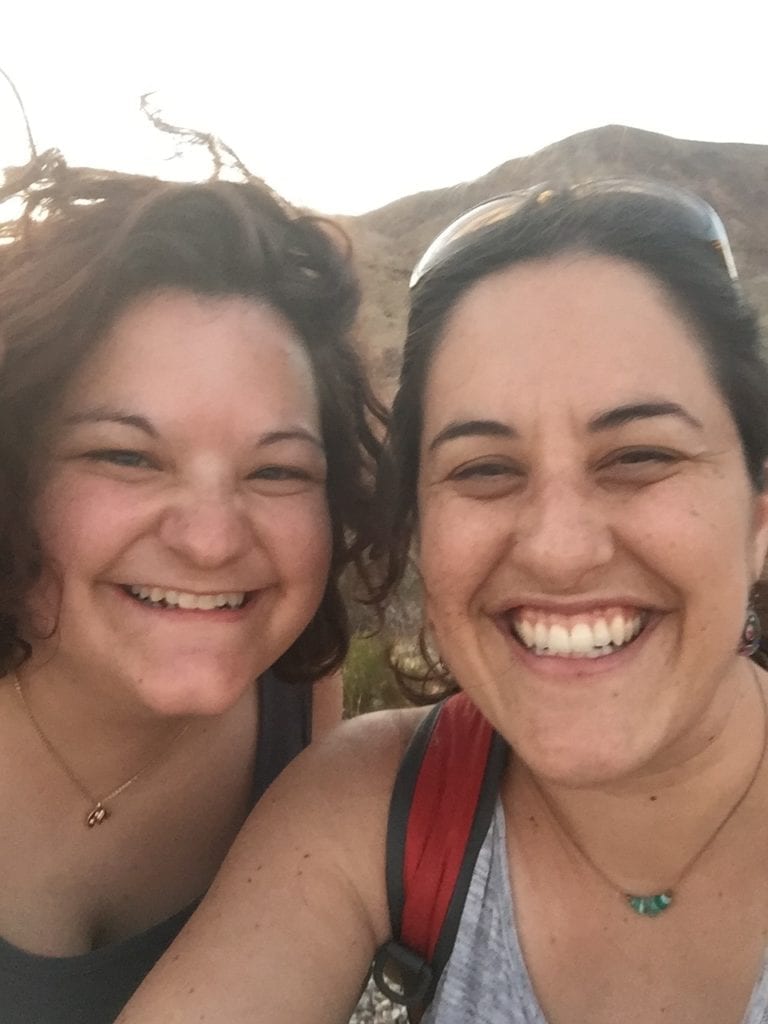
Related Posts to Suicide Prevention, Safe Spaces and Loving Someone Struggling:
A Thousand Steps: When Suicide Has a Name
Three Ways To Care For Yourself As a Support Person, Sponsor or Friend
Out of the Darkness: Pain, Prevention, and Supporting Someone Who is Suicidal
Our New Addition: When Social Justice Becomes Family
